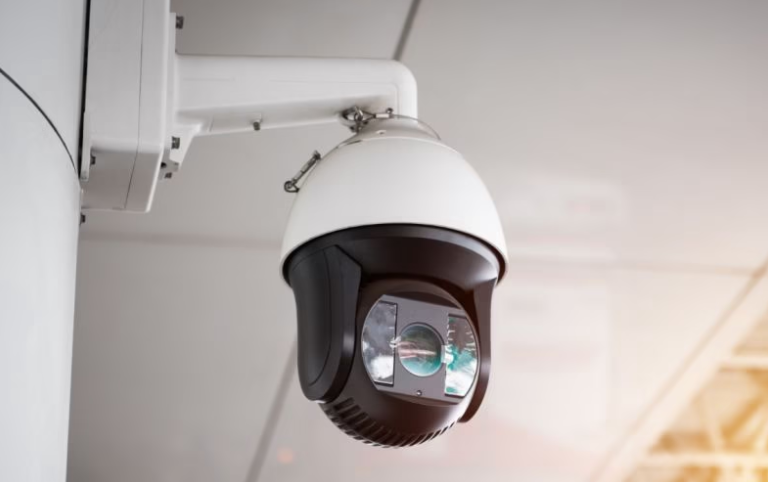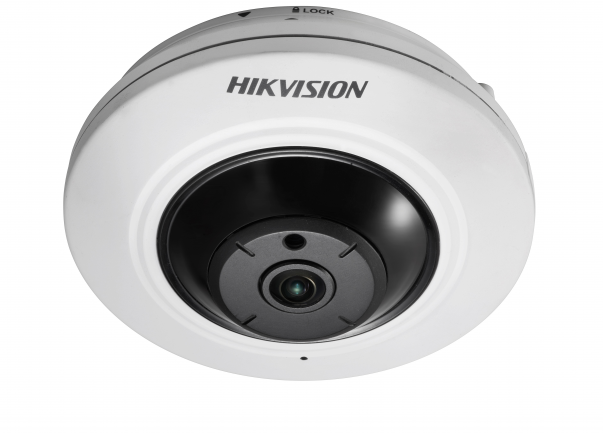IP Cameras

What is an IP CCTV camera?
Unlike conventional cameras, an IP video camera is a combination of a camera and a small computer capable of transmitting data via a network. That is, in modern IP cameras, in addition to optics, a regular processor, a special processor for image processing and compression, a network module for transmitting data over a network, and other computer components are also installed.
Conventional video surveillance cameras in modern conditions are called analog - because there the signal is converted to analog format from digital and then goes to a monitor or other screen via a coaxial cable. Modern IP cameras do not convert the digital signal to analog, but immediately transmit it through a connection via fiber optic cable, twisted pair cable, or even using a wi-fi network.
Types of IP cameras
The main differences in the external part of digital video cameras lie in the body area. It is designed on the basis that some cameras are designed for outdoor surveillance, and some for indoor surveillance.
The IP surveillance camera, designed for outdoor use, is well protected from external influences and can operate in any weather conditions. This is achieved through a special housing that maintains acceptable temperature and moisture levels for the most sensitive components. Most cameras are protected to a minimum IP55 standard.
Also, cameras for outdoor surveillance often have infrared illumination for filming in the dark, and some models have an additionally reinforced anti-vandal housing.
Cameras for indoor installation are usually noticeably smaller than those used outdoors. They have a plastic body, and the requirements for protection from external influences and tightness are minimal. However, there are more durable models for installation in swimming pools and other rooms with high humidity.
What are they used for?
First of all, an IP surveillance camera is needed to monitor space and protect objects. Most often, such cameras are used in public places: offices, shops, industrial companies, government agencies, schools, banks, etc.
But cameras are also installed in the country house, parking lot, at the entrance of a house or in the yard. Also, many people install IP video surveillance in their apartments in order to monitor the behavior of children and pets.
Form factors of IP cameras
Nowadays you can find CCTV cameras of various shapes in stores - from classic ones to the most unusual ones. Typically, the following form factors of IP cameras are distinguished:
Cylindrical- cylindrical in shape, supplied with mounting for vertical surfaces.

Dome - have the shape of a dome, attached to the ceiling.

Case-mounted - have the shape of a parallelepiped, supplied with fastenings for vertical surfaces.

Speed dome camera- can be rotated and comes with a mount for vertical surfaces.

Fisheye - have a wider viewing angle (360 degrees).

Mini dome ones are several times smaller than standard models.

What are IP cameras connected to?
There are several options for what you can connect the camera to, but since the very principle of operation of an IP camera implies a digital and network structure, it will in any case be a computer network.
In short, an IP camera can be connected to a special video recorder (actually a local server), a regular personal computer with pre-installed software, or directly send a data stream to the cloud, that is, transmit information via the Internet to a remote server.
If there are many IP cameras, then to connect to a DVR or computer you can use an intermediate link in the form of a router or switch, which will already connect to the final device. The only thing is that for this scheme, the router or switch must support dynamic host configuration protocols in order to automatically distribute addresses and other network settings to cameras.

IP video cameras and Ethernet networks
The ability to connect IP cameras via an Ethernet connector gives users not only the opportunity to build a network using a common standard, but also take advantage of PoE (Power over Ethernet) technology.
Thanks to this, cameras can receive power directly over twisted pair cables, eliminating the need for an additional power supply. To use this technology, pay attention to its support for your specific model.

Advantages of IP video surveillance
Even though there are still plenty of analog video cameras on the market, there is a reason to choose a modern IP camera instead of outdated technology. First, high-resolution analog cameras operate in interlaced mode—that is, they take even and odd frames that are actually half the image. This greatly affects the quality of the final picture, especially when it comes to moving objects.
In addition to improving the quality of the image itself, network cameras are easier to manage, they are more flexible in configuration and allow you to record video simultaneously with audio, for transmission of which you do not need a dedicated line.

